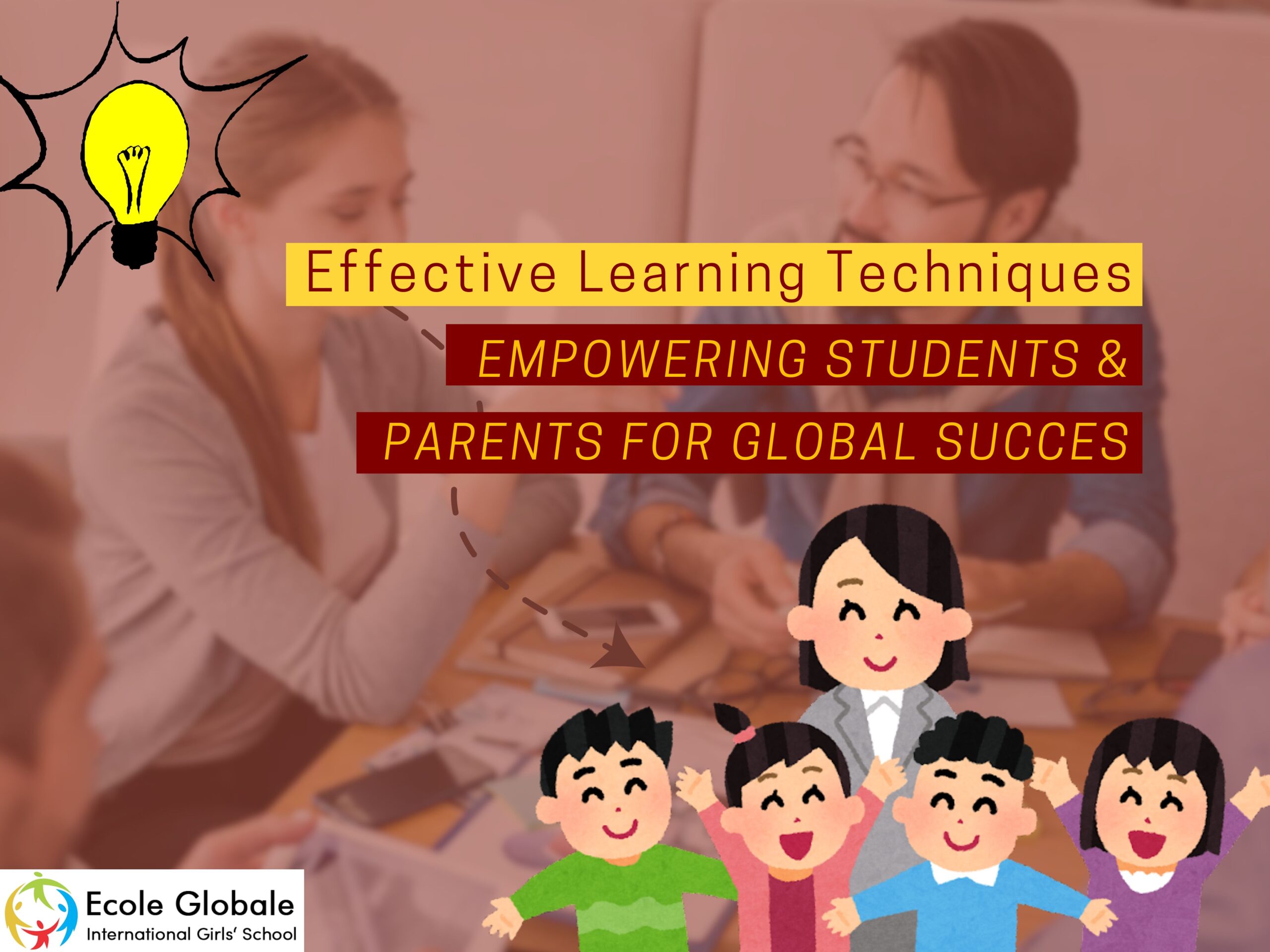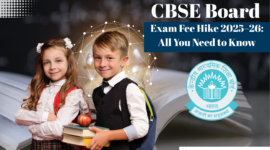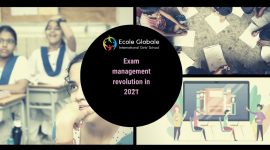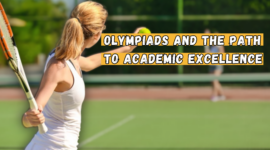Learning is no longer confined to traditional classrooms or rigid curricula. With technology weaving global connections, learning techniques that cater to diverse learners—teenagers, college students, and parents guiding younger learners—are now essential. Today’s academic landscape emphasizes adaptable strategies that go beyond memorization, aiming for long-term mastery and personal growth.
Understanding the Importance of Modern Learning Techniques
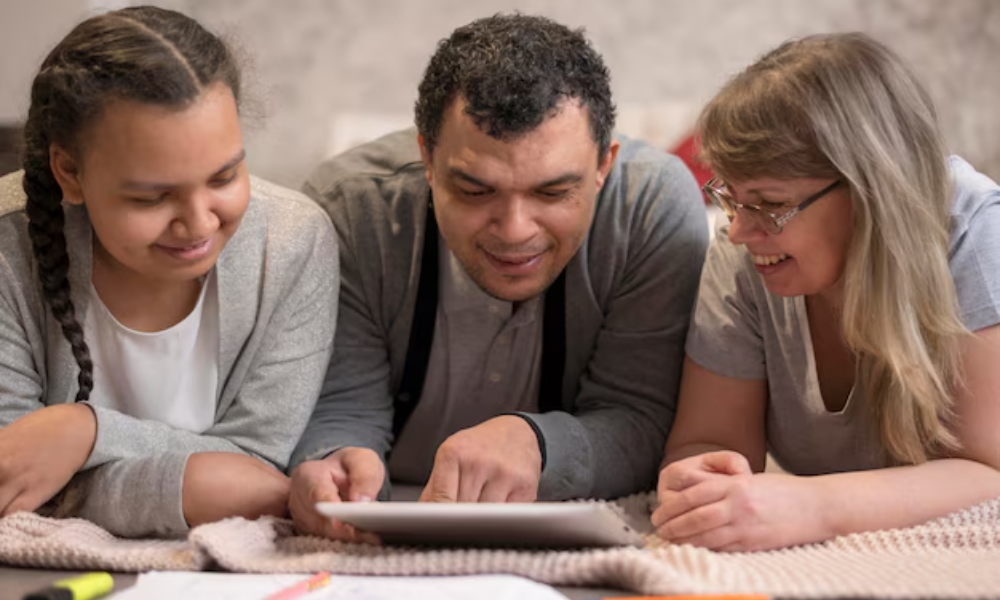
Traditional, lecture-based learning methods often fall short in today’s dynamic and multicultural world. Effective learning techniques must address varying backgrounds, linguistic diversities, and individual learning styles. This shift transforms classrooms into collaborative hubs, empowering students and supporting parents in nurturing the next generation.
Foundational Principles of Effective Learning

Before diving into specific learning techniques, it’s crucial to understand foundational principles—mindset, personalization, and cultural responsiveness.
Cultivating a Growth Mindset
A growth mindset encourages learners to embrace challenges, learn from mistakes, and view effort as a pathway to success. Instead of perceiving difficulties as personal failures, students see them as opportunities to improve. Parents can reinforce this by applauding perseverance and guiding children to set realistic learning goals.
How to Implement:
- Praise effort rather than innate talent.
- Encourage self-reflection after each learning activity.
- Celebrate incremental progress, not just end results.
Personalized Learning Journeys
Not all students learn the same way. Learning techniques that factor in personal preferences—visual aids, interactive discussions, or hands-on projects—can significantly increase engagement. College-going students may benefit from self-paced online courses, while teenagers might thrive in peer study groups. Parents can support by helping identify these preferences early on.
Key Steps:
- Identify learning styles through quizzes or self-assessment tools.
- Adjust resources to match each learner’s strengths.
- Track improvements over time to refine the approach.
Core Learning Techniques for Engaging Students
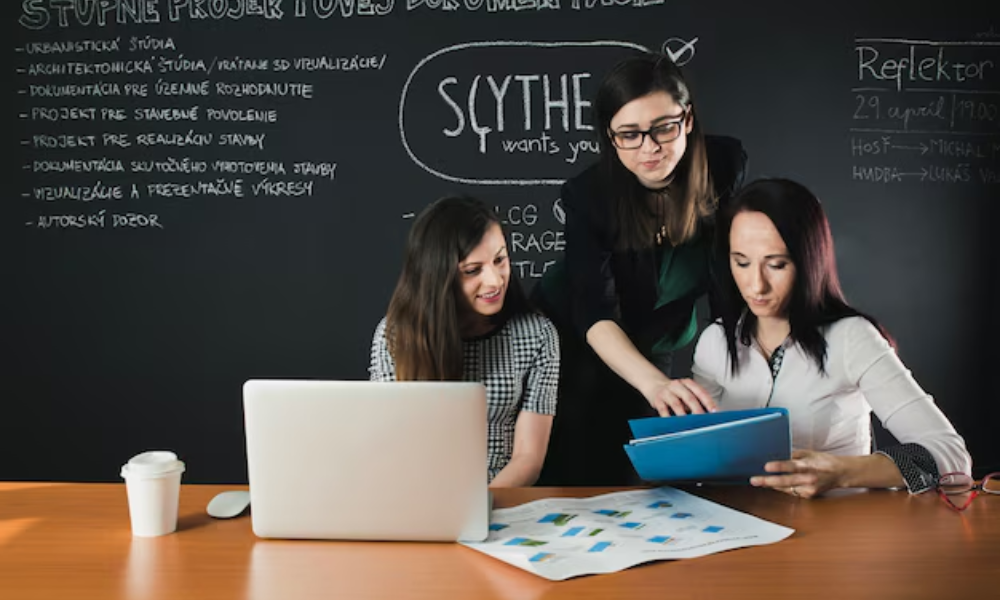
Implementing versatile learning techniques ensures students remain motivated, curious, and enthusiastic about academic pursuits. The following methods blend technology, creativity, and communication to enhance learning outcomes.
Active Learning and Interaction
Active learning involves turning passive note-taking into dynamic engagement. Strategies like debates, problem-solving sessions, and flipped classrooms push students to apply concepts, rather than memorize them.
Examples of Active Learning Techniques:
- Think-Pair-Share: Students individually think about a question, discuss with a peer, and then share insights with the class.
- Case Studies and Role-Playing: Learners simulate real-world scenarios, boosting critical thinking and empathy.
- Interactive Workshops: Students solve problems collaboratively, refining their teamwork and communication skills.
Gamification and Tech Integration
Gamification transforms studying into an engaging challenge. Point systems, leaderboards, and educational games stimulate competitive spirit and foster long-term interest. Integrating technology—through apps, online quizzes, and virtual labs—meets students where they are: in a digital world.
Recommendations:
- Explore educational platforms offering gamified quizzes aligned with the curriculum.
- Use apps that adapt to each learner’s performance, offering targeted practice.
- Encourage friendly competitions among peers or between siblings to motivate learning at home.
Structured Study Habits and Time Management
Effective learning requires consistency and discipline. By adopting structured habits and tools, learners manage their time better, ensure steady progress, and reduce burnout.
| Technique | Explanation | Best For |
| Pomodoro Technique | Study in short, focused intervals | All learners (teens, college) |
| Time-Blocking | Allocate tasks to specific time slots | College students, busy teenagers |
| Reflection Journals | Track progress, identify improvement areas | All learners, with parental guidance |
Tips:
- College students can use digital calendars for precise scheduling.
- Teenagers can break large assignments into manageable tasks.
- Parents can help establish routines and monitor improvements.
Advanced Techniques for Lifelong Learning
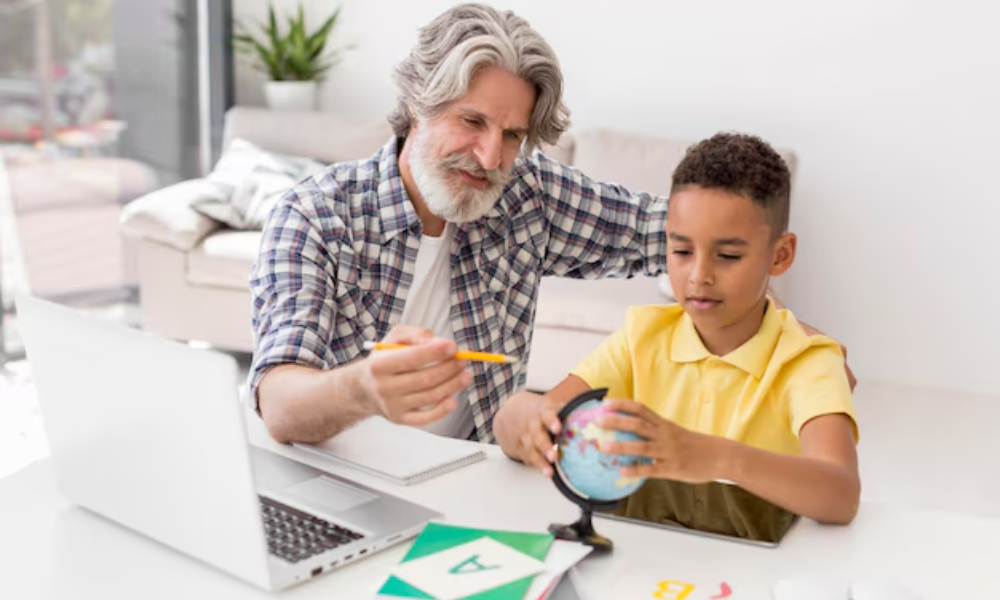
Beyond foundational skills, advanced learning techniques emphasize deep understanding, cultural awareness, and metacognitive insights—turning learners into self-directed, curious, and empathetic individuals prepared for global challenges.
Metacognition: Reflecting on Thinking
Metacognition teaches learners to evaluate their thinking strategies. By reflecting on how they learn best, students can adjust their approaches, building confidence and competence.
How to Practice:
- Encourage students to ask: “How did I solve this problem?”
- Guide them to track what methods worked or didn’t, and why.
- Use learning analytics tools that show progress and highlight improvement areas.
Collaborative and Global Classrooms
International schools in India, online exchange programs, and cross-cultural projects create a richer, more nuanced learning experience. Students learn to respect differences, enhance communication skills, and tackle problems from multiple perspectives.
Implementation Ideas:
- Join international forums or online classrooms to engage with peers from different countries.
- Parents can supervise online study sessions, ensuring safe and enriching interactions.
- College students can participate in global networks or study-abroad programs to broaden horizons.
Real-World Applications and Project-Based Learning
Students are more motivated when they connect lessons to practical scenarios. Through internships, volunteering, and projects with tangible outcomes, learners internalize concepts and see their relevance.
Strategies:
- Link academic topics to current events, community problems, or global challenges.
- Encourage project-based assignments that require research, analysis, and innovation.
- Involve parents in identifying local opportunities—like neighborhood improvement projects—so teenagers can apply their classroom knowledge directly.
Emotional and Mental Well-Being in Academic Engagement
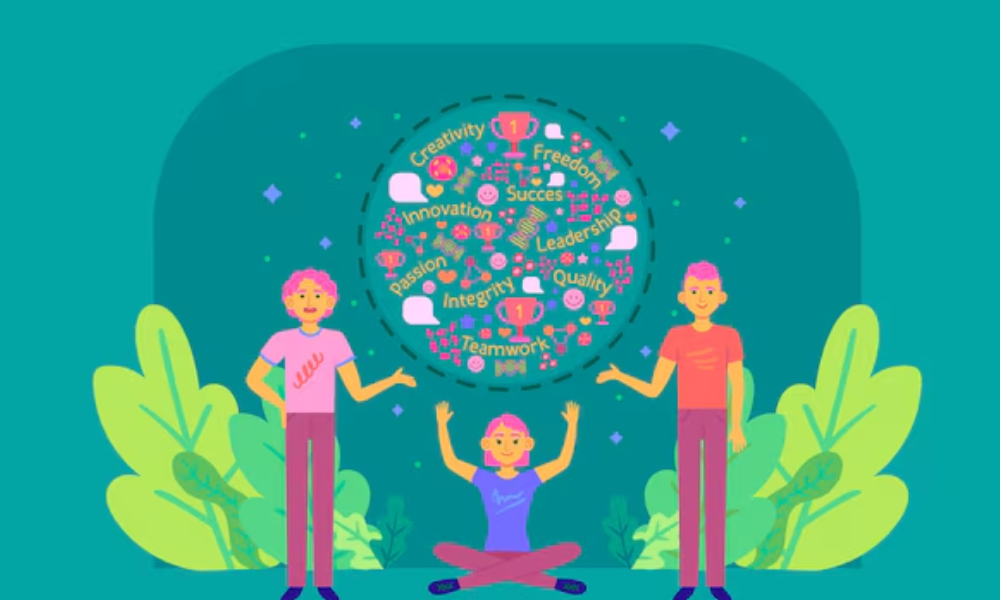
Effective learning techniques account for emotional stability. Stress and anxiety hamper focus, while emotional resilience fosters curiosity and sustained interest.
Mindfulness and Stress-Reduction Techniques
Simple practices like deep breathing, short meditation breaks, or brief walks can clear the mind and refocus energy. Such habits help maintain balance and prevent burnout.
Actionable Tips:
- Schedule quick mindfulness sessions before study periods.
- Encourage students to reflect on emotional states in their journals.
- Parents can model these habits at home, demonstrating healthy stress management.
Building Confidence and Self-Efficacy
Students who believe in their capabilities approach tasks with determination. Fostering self-efficacy involves recognizing small wins, offering constructive feedback, and developing supportive communities.
Implementation:
- Teachers and parents celebrate effort, not just top scores.
- College students form accountability groups that encourage perseverance.
- Teenagers set achievable goals, celebrating every milestone along the way.
Leveraging Technology for Global Learning Experiences
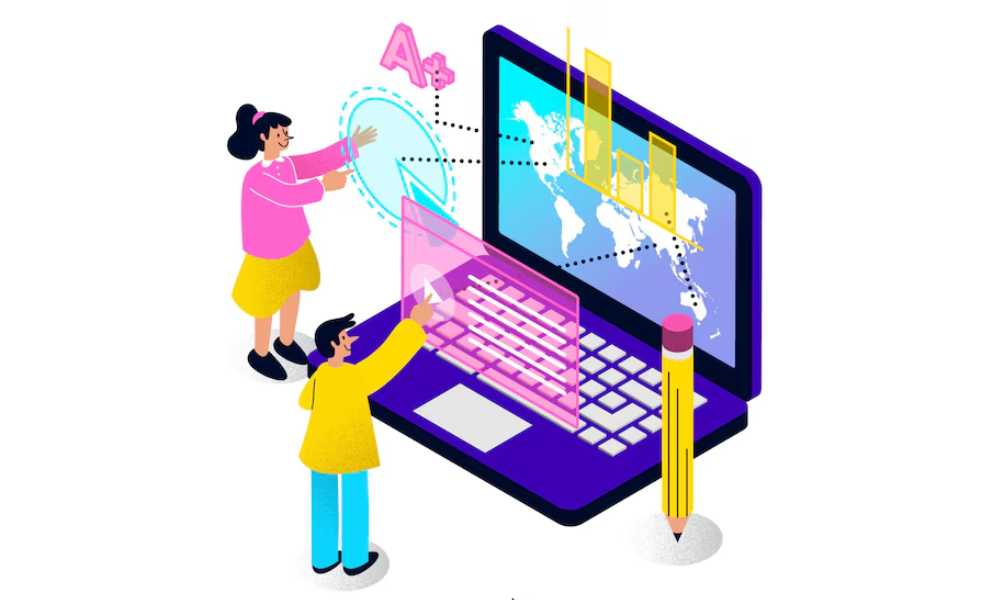
Modern learning techniques benefit from technology’s global reach. Students connect with international educators, access vast digital libraries, and explore specialized topics at their own pace.
Virtual Classrooms and Online Platforms
Online courses, educational apps, and e-tutoring platforms cater to diverse learner needs. They offer flexibility, enabling students to learn anytime, anywhere.
Guidelines:
- College students explore MOOCs for advanced topics.
- Teenagers use educational YouTube channels to supplement textbooks.
- Parents guide younger learners in selecting reputable platforms.
AI and Adaptive Learning Tools
Artificial intelligence personalizes learning by identifying weak areas and customizing practice exercises. AI-driven tools track progress over time, ensuring continuous improvement.
Tips:
- Use adaptive apps that adjust difficulty based on performance.
- Parents monitor usage to ensure balanced learning time.
- College students integrate AI tools with traditional study methods for a comprehensive approach.
Implementing and Sustaining Effective Learning Techniques
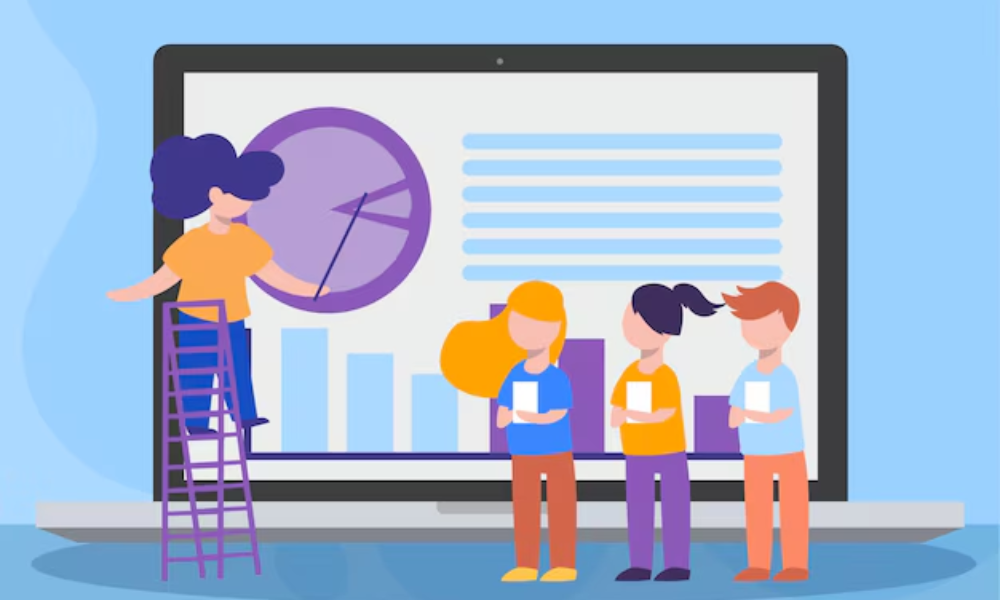
Knowing what works is only half the battle—implementation and long-term maintenance matter. By following a systematic plan, learners and parents can ensure these learning techniques produce lasting results.
Step-by-Step Integration
- Assess Current Habits: Identify strengths and weaknesses in learning routines.
- Choose the Right Methods: Select from active learning, gamification, or collaborative projects.
- Set Clear Goals: Define short-term targets (improving quiz scores) and long-term objectives (mastering new languages).
- Incorporate Mindfulness: Balance academic rigor with emotional well-being.
- Monitor and Adjust: Regularly review progress and tweak strategies as needed.
Measuring Success and Embracing Lifelong Learning
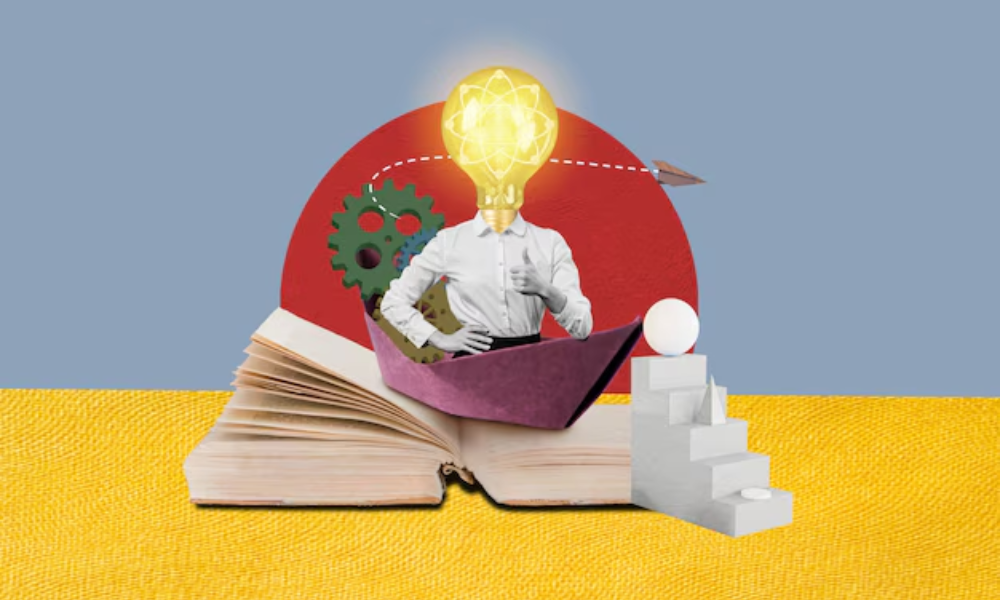
Academic success isn’t limited to test scores—it includes personal growth, adaptability, resilience, and global awareness. Students who learn how to learn are better equipped for future challenges.
Tracking Progress and Motivation
Beyond grades, track motivation, engagement, and emotional well-being. Regular feedback and open communication help learners stay aligned with their goals.
Suggestions:
- Maintain performance logs and reflection journals.
- Celebrate improvements and discuss setbacks openly.
- Parents can hold weekly check-ins, encouraging continuous dialogue.
Developing Lifelong Learners
The ultimate aim of effective learning techniques is to instill qualities that transcend the classroom—critical thinking, problem-solving, empathy, and cultural sensitivity. These skills remain invaluable, no matter the future career or academic path.
Long-Term Vision:
- Encourage curiosity beyond textbooks.
- Involve learners in community initiatives and global networks.
- Reinforce the idea that learning is a lifelong journey, not a finite achievement.
Conclusion: Building a Better Learning Future
By integrating effective learning techniques—from growth mindsets and personalized study methods to global collaborations and emotional well-being—students become active, confident participants in their education. Parents, college students, and teenagers all play distinct roles in shaping a brighter academic future. Through consistent implementation, reflection, and adjustment, learners cultivate skills that will guide them long after they leave the classroom. This holistic approach ensures that learning remains not just a task, but an enriching experience that prepares them for a rapidly evolving world.






